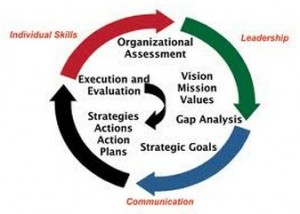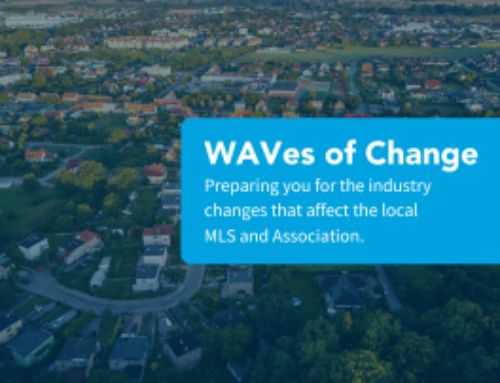 Preparing for a Strategic Planning session involves a process of gaining a holistic view of the organization. Understanding your customer’s perspective is always the primary driver that informs everything. But understanding of staff culture and capabilities; system strengths and limitations; financial conditions; and industry trends pave a path to developing a plan that works. At the end of the day, the board of directors and the management team agree to a group of initiatives that will make the business stronger, and the strategic plan is born.
Preparing for a Strategic Planning session involves a process of gaining a holistic view of the organization. Understanding your customer’s perspective is always the primary driver that informs everything. But understanding of staff culture and capabilities; system strengths and limitations; financial conditions; and industry trends pave a path to developing a plan that works. At the end of the day, the board of directors and the management team agree to a group of initiatives that will make the business stronger, and the strategic plan is born.
Some organizations in real estate take the plan and execute it flawlessly where others fail. Harvard Business Review outlines three causes of failure that recur in organizations that cause great plans to go off track. We see these three causes persistently in real estate and they are worth examining.
Passive aggressive disagreement: It’s unlikely that everyone in an organization will agree with all of the nuances of a major strategic shift. Disagreement can be based on logic, experience, or (perhaps unconsciously) discomfort with change or loss of power. In any case, if the culture of the company does not encourage dissent, the resistance will go underground. People will voice their support but not actively do anything to make it happen.
To detect this in your organization, you can ask stakeholders the following questions.
1. Do you believe that the strategy is on target?
2. Do you believe that others will agree that the strategy is on target?
The answers will be amusing. Normally people will tell a leader that they are aligned with the plan (perhaps mentioning their favorite piece), but will be outspoken about how their peers may have reservations.
Fear of confrontation: In most nice organizations where teamwork is encouraged, volunteer board members hesitate to confront leaders who are not fully engaging in the strategic plan. They may not want to make waves or fear harming the relationship. So instead they try to work around it and end up accepting and even promoting a sub-optimizing strategy.
Allowing Directors to anonymously grade the progress on each segment of the plan during board meetings (silent ballot) is a great way to get unfiltered feedback.
Lack of persistent top-down demands: If the successful implementation of a strategy requires change across a number of functions, then a senior leader needs to get everyone on board. Without this explicit expectation — reinforced again and again — people will avoid taking action even though they will continue to smile, nod, and profess support. Many senior leaders are hesitant to push too hard for fear that they will have to take drastic action, like firing someone. So instead they just assume that the pieces will fall into place.
Tying compensation, bonuses, and employee ratings to the accomplishment of strategic goals is a great way to overcome this issue and focus the management team.
Obviously it’s not easy to change these dynamics, especially when they are often invisible and rooted in long-standing cultural patterns. A good place to start is to point them out and provoke some dialogue. Most people do not want to be part of a collective failure — so holding up a mirror can be a powerful way of helping managers realize when they are headed in the wrong direction.
Having a skilled facilitator lead your strategic planning can help set the stage to identify and overcome these hurdles. WAV Group managing partner Marilyn Wilson has facilitated hundreds of planning sessions, as the former SVP of Strategic Planning for Fisher Price. One thing she likes to do is a Worst Case Scenario exercise to create buy-in among the team. Getting the team to identify external threats can help them rally around the strategic objectives.
If you have a strategic planning session scheduled in the near future, contact WAV Group about helping you get the most out of your team.




